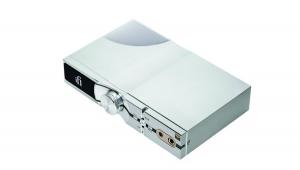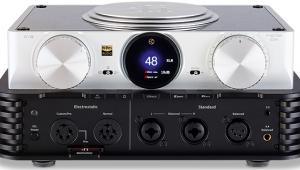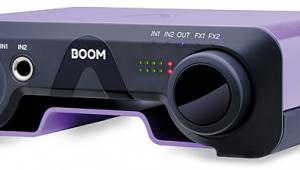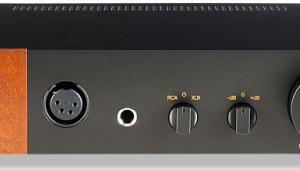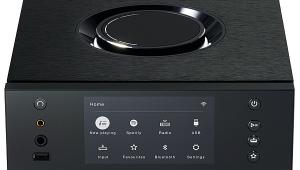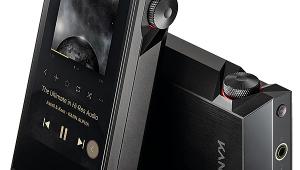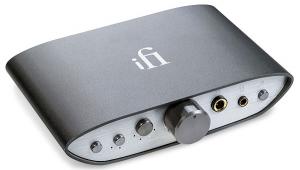Apogee BOOM Headphone Preamp Page 2
![]() Jam Jarre
Jam Jarre
A few years before Apogee was founded, electronic music pioneer Jean-Michel Jarre headed over to China for a series of concerts. These remarkable live recordings appeared in remastered form this year [Disques Dreyfus 19439945812; 48kHz/24-bit], giving the listener an intriguing insight into Jarre at the top of his game. Listening via 250ohm-rated Beyerdynamic DT1990 PRO headphones, the classic 'Equinoxe, Pt.4' was presented as if I was in the middle of the Frenchman's control room, with the typical spacey sound effects placed broadly around my position.
It was quite refined and more insightful than usually is the case with Jarre's electronica, and I enjoyed the clean, punchy sound the BOOM produced. However, the DT1990 PRO's signature was a little bland for my tastes, and adding in some low-frequency heft was just the ticket. Arbitrarily adjusting the plugin to +3dB at 110 Hz, these Jarre tracks came together and sounded more engaging.
Sound Seasoning
And the BOOM's software invites you to keep on adjusting, adding a nudge here, subtracting there, in a way that, for example, the parametric equaliser in Roon for some reason does not. During 'Harpe Laser', and the fourth part of 'Les Chants Magnetiques', I kept adjusting the ECS Channel Strip software's 'Lo Shelf' to add some body to these synth-fests. The DSP in the BOOM handles frequency adjustments skilfully, keeping the end result free of artefacts or distortion. Of course, making fine alterations is the way to go.
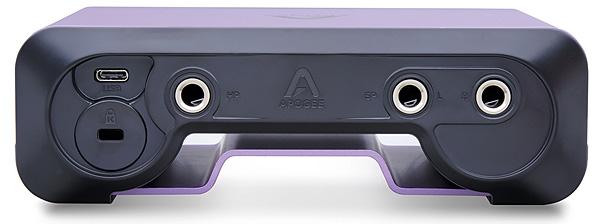
Could the BOOM work its magic on Final's Sonorous VI, an odd two-way over-ear headphone with a rated impedance of 8ohm that sounds a bit 'hot' to my ears? On 2L's The Horn In Romanticism [44.1kHz/24-bit FLAC], the opening piece 'Villanelle' from composer Paul Dukas features exuberant horn playing and fast-paced piano, which the BOOM portrayed honestly and directly. Adding some light emphasis to the lower frequencies, with the 'Lo Shelf' dial somewhere around the 180Hz mark, and turning it down just a little bit at the higher frequency range, brought a bit more balance to the picture.
Tweaking Made Easy
Obviously, these adjustments are taste- and headphone-related; the interesting part of the BOOM experience is how easy making these adjustments became. While Roon offers similar or even expanded possibilities, including manipulation over more frequency bands, the directness and simplicity of Apogee's plugin made tweaking, and subsequent comparison, easier.
In Roon, for example, each small change to its equaliser results in a short silence – quite disruptive if you're trying to fine-tune. As an aside, the RME DAC used in this audition has extended filtering possibilities too, but all adjustments are done through pinhead-sized buttons placed closed together. There's definitely more fun in turning a dial, even a virtual one...
Hi-Fi News Verdict
Switch your mind into the right gear and grasp how this device works, and the BOOM emerges as a very capable headphone amp with compelling tweaking potential. While not offering the control of a parametric equaliser, Apogee's software is effective and keeps it simple. You might not be following the device's designer intent when using it in a hi-fi system, but why should studio guys be having all the fun?
